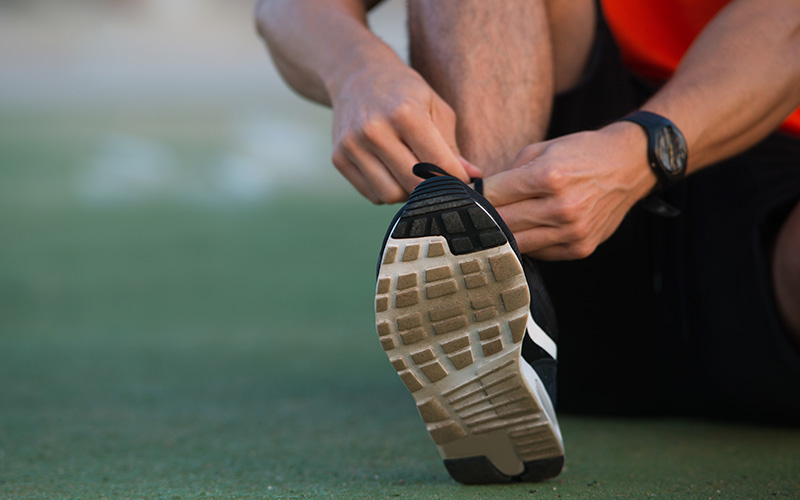That familiar itch and cracking skin – the hallmarks of athlete’s foot – can turn daily life into an uncomfortable shuffle. Deciding who to see for treatment can be confusing, but this guide will light your way through the healthcare maze to the right expert who can help you tackle this fungal foe.
Step into pain-free living with our expert podiatry specialist in Brooklyn. Trust our dedicated care for all your foot health needs, and stride confidently towards a healthier, happier you.

What kind of doctor to see for athlete’s foot?
Athlete’s foot, known medically as tinea pedis, is a common fungal infection affecting the skin of the feet. It flourishes in damp, warm environments – sweaty shoes, public showers, and pools are prime breeding grounds. Its signature symptoms include itchy, red, and cracked skin, particularly between the toes.
The infection often leads to scaling, burning, and sometimes an unpleasant odor. If left untreated, the condition can spread to other parts of the foot, nails, and even other body parts, making professional help essential. Moreover, people with compromised immune systems or diabetes are at higher risk of complications.
General Practitioners: Your First Stop
When you suspect athlete’s foot, your general practitioner (GP) should be your initial point of contact. They will conduct a physical exam, inquire about your symptoms and lifestyle, and may perform a skin scraping to test for fungi for a precise diagnosis.
Based on the findings, GPs typically prescribe antifungal creams or oral medications to combat the infection effectively. They can also provide guidance on foot hygiene and moisture control to prevent recurrence.
Dermatologists: Skin Experts
For persistent or severe cases of athlete’s foot, consulting a dermatologist is advisable. As specialists in skin conditions, they offer a deeper insight into various skin infections and can provide advanced treatments and diagnostics.
This may include biopsies to rule out other skin conditions, prescription of stronger antifungal therapies, and personalized skin care regimens. Dermatologists also monitor for potential complications, such as secondary bacterial infections.
Podiatrists: Masters of Foot Care
In cases where athlete’s foot affects the foot structure or is recurrent, a podiatrist’s expertise is invaluable. Podiatrists, with their in-depth understanding of foot anatomy and health, offer specialized treatments for athlete’s foot. This can include prescribing medicated foot soaks, removing dead skin to reduce fungal load, or utilizing laser therapy for resistant infections.
They also provide specialized advice on footwear, foot hygiene, and moisture management, helping to prevent future infections and maintain overall foot health.
Over-the-Counter Treatments: Knowing When to See a Doctor
While over-the-counter remedies can be effective for mild cases, seek professional care if symptoms worsen, spread, or don’t improve within two weeks. Early intervention is crucial for a quick and effective recovery.
Prevention Tips: Keeping Athlete’s Foot at Bay
Post-recovery, follow these prevention tips:
- Thoroughly dry your feet, especially between toes, after getting them wet.
- Choose breathable socks and change them daily.
- Rotate shoes to allow them to dry out and avoid damp footwear.
- Regularly wash feet with antifungal soap and exfoliate dead skin.
Telemedicine: A Convenient Initial Consultation
For minor cases, telemedicine offers a practical alternative for an initial assessment and potential antifungal prescription. However, it’s not a substitute for in-person examinations for severe or complex symptoms.
Conclusion
When athlete’s foot strikes, knowing who to turn to for treatment can prevent the condition from becoming a chronic problem. Consult the appropriate healthcare provider, practice prevention, and maintain healthy, itch-free feet!
